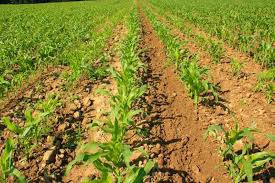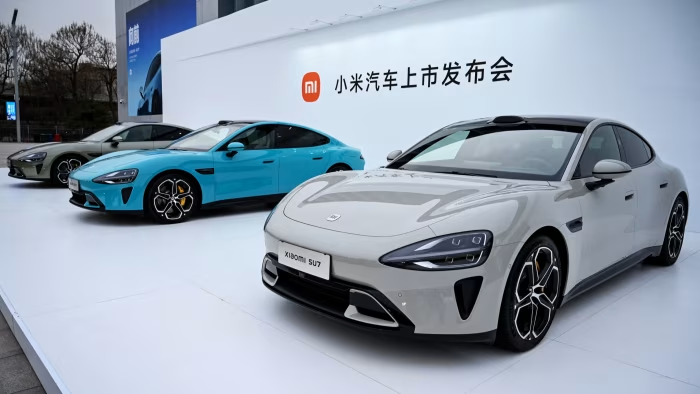
I was in Limpopo, South Africa, a few days ago. I stayed in a beautiful area called the Misty Mountains. The highest point there is 1 500 metres above sea level.
By Thandekile Moyo
I cannot fully express in words just how beautiful the place is. On the drive, off the N1 highway, are the most beautiful plantations I have ever seen. I remember remarking to my hosts how I had never seen mango plantations before.
The place is serene and it is a writer’s paradise. It was so quiet that I could actually hear myself think. I probably came up with a few genius ideas simply because the environment allowed. At the hotel I was staying is a beautiful little waterfall.
It is at the backyard. The word backyard doesn’t do any justice because it makes it sound like it is just some garden at the back of the hotel. No. it is not. It is one of the densest forests I have ever been in and one has to walk a cool 1,5km before they get to the waterfall.
I spent my last afternoon in that forest and I was overwhelmed by how untouched it all is. Not a single tree is cut. Not a single stalk of grass. Not a patch cleared. The only evidence of humans is the path that seems to have naturally formed and takes one to the waterfall. Virgin forest. That’s what it is.
As I trudged up the extremely steep path back to the hotel I could not help marvelling at how responsible the Magoebaskloof Hotel establishment was over the environment they are operating from. They managed to build a hotel right in the heart of the mountains without “defacing” the environment at all. They managed to make the hotel seem like something that fell from the sky and landed on that particular part of the earth. I was both impressed and inspired.
One afternoon, I went to have lunch at a beautiful “country style” restaurant called The Mountain Café, a few kilometres from the hotel. On our way in, I saw some “gardens” covered with plastic. I asked if they were some type of greenhouses or what? I was told no, they were blueberry patches. At lunch I was given a drink with blueberries swimming inside. They told me it was the berries from the garden. The young owners of the restaurant explained to me that they have a small garden where they grow their own vegetables for the restaurant. My host ordered a banana split for dessert. He complained that it was too small and they jokingly said to him, blame the Van Zyls.
- Chamisa under fire over US$120K donation
- Mavhunga puts DeMbare into Chibuku quarterfinals
- Pension funds bet on Cabora Bassa oilfields
- Councils defy govt fire tender directive
Keep Reading
I then got the explanation from the owners who I had the pleasure to meet during the lunch that the bananas came from the banana plantations I had seen along the way. “What do you serve that isn’t grown on these mountains?” I asked. They laughed and explained that they bring together locally sourced ingredients to create the best seasonal dishes.
Two things had hit me when I first walked into the restaurant. First, it smelled delicious in there. I remember gushing about how lovely the aroma coming from the kitchen was. I had asked, “Is it bread?” They said yes, they do their own baking. The second thing that shocked me was the prices. All the meals they recommended to me were a quarter of the price I usually pay at restaurants in Harare and Bulawayo. After they explained that they source their goods locally, it all made sense to me. I was impressed by the environmentally-friendly nature of the three businesses I encountered in the Misty Mountains.
One of the first lessons of environmental management is that we should try and leave the environment as untouched as possible. We must tamper with the natural environment as little as possible. The hotel managed to construct massive buildings in one of the most beautiful natural environments I have ever seen, but they managed to do so without destroying the essence and beautiful aura of the place. Most constructors just raze down environments where they want to build without a care in the world for the ecosystems, the history and the nature of the place. We need more businesses that respect the environment. Businesses that can merge with nature instead of destroying nature.
Another “first” environmental studies lesson is that we must buy locally-produced goods. This reduces our carbon footprint drastically. Carbon footprint is defined as the amount of carbon dioxide released into the atmosphere as a result of the activities of a particular individual, organisation or community. When we buy locally-produced goods, less fuel is used to transport goods over long distances. This means less carbon dioxide will be emitted into the air and, thus, less contribution to global warming.
The community I found myself in must be emulated because not only are they sourcing their produce locally, they are also growing their produce organically. Organic farming is, simply put, the production of livestock and vegetation using natural sources of nutrients. This type of farming protects the environment from the harm left by pesticides and other chemicals used in non-organic farming.
We need to encourage both organic farming and the habit of buying locally produced goods. Under normal circumstances, locally produced goods cost less. I believe that is why the meals at The Mountain Café were so affordable.
If businesses and communities in Zimbabwe adopt these practices not only will our environment be protected, our cost of living will reduce drastically. Protecting the environment is a combined effort because it is our combined actions that influence the environment. Businesses must aim to produce goods in a sustainable manner, communities must strive to support local businesses and we must all try to keep our natural environments as natural as possible. Where we must tamper with the environment, let us try as much as possible, to preserve as much of the natural essence as possible.











